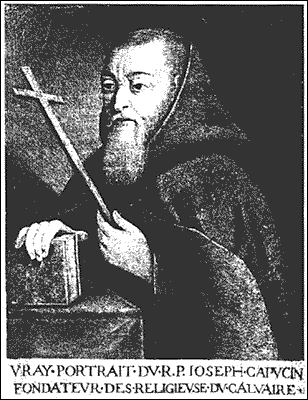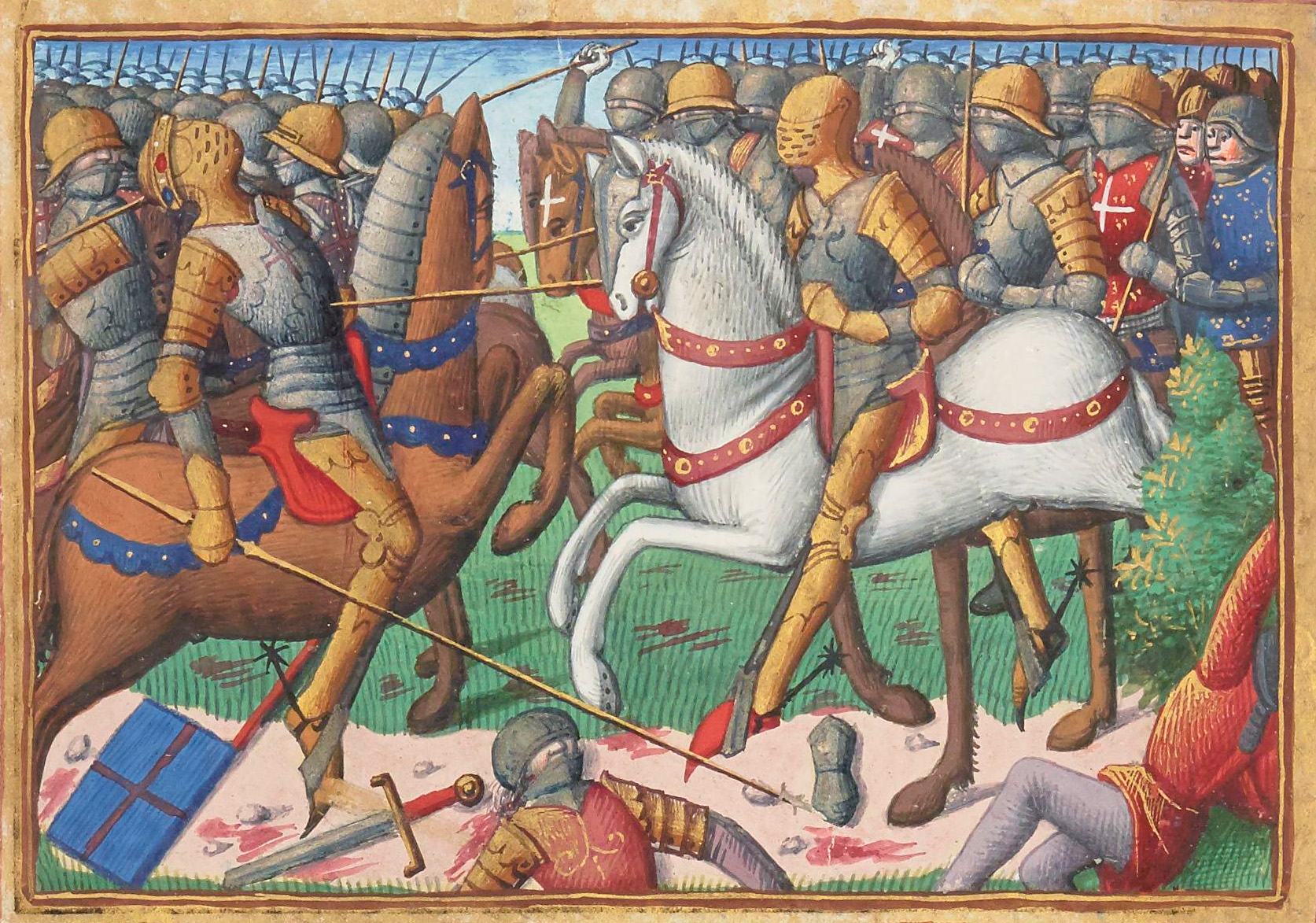|
Siaugues-Sainte-Marie
Siaugues-Sainte-Marie () is a commune in the Haute-Loire ''département'' in south-central France. Population Château de Saint Romain Siaugues is overlooked by the ruined towers of a castle established in the 13th century by Saint Louis IX to repel Angevin forces based to the west on the opposite side of the river Allier. The castle changed hands several times, coming into the possession of the La Fayette family in c.1400 under Gilbert Motier de La Fayette. It remained in the family until the French Revolution when it was taken by the commune and used as a quarry. The castle then passed into private ownership and some preservation work has begun. Personalities *Maurice Fombeure Maurice Alphonse Jacques Fombeure (born in Jardres (Vienne) 23 September 1906; died at La Verrière (Yvelines) 1 January 1981) was a 20th-century French writer and poet. The son of a winemaking family from Poitou, he trained as a teacher at the ..., poet References External links Commune web ... [...More Info...] [...Related Items...] OR: [Wikipedia] [Google] [Baidu] |
Communes Of France
The () is a level of administrative division in the French Republic. French are analogous to civil townships and incorporated municipalities in the United States and Canada, ' in Germany, ' in Italy, or ' in Spain. The United Kingdom's equivalent are civil parishes, although some areas, particularly urban areas, are unparished. are based on historical geographic communities or villages and are vested with significant powers to manage the populations and land of the geographic area covered. The are the fourth-level administrative divisions of France. vary widely in size and area, from large sprawling cities with millions of inhabitants like Paris, to small hamlets with only a handful of inhabitants. typically are based on pre-existing villages and facilitate local governance. All have names, but not all named geographic areas or groups of people residing together are ( or ), the difference residing in the lack of administrative powers. Except for the municipal arrondi ... [...More Info...] [...Related Items...] OR: [Wikipedia] [Google] [Baidu] |
Haute-Loire
Haute-Loire (; oc, Naut Léger or ''Naut Leir''; English: Upper Loire) is a landlocked department in the Auvergne-Rhône-Alpes region of south-central France. Named after the Loire River, it is surrounded by the departments of Loire, Ardèche, Lozère, Cantal and Puy-de-Dôme. In 2019, it had a population of 227,570;Populations légales 2019: 43 Haute-Loire INSEE its inhabitants are called ''Altiligériens'' in French (English : Altiligerians). The department, which has its prefecture in , covers the upper reaches of the Loire and consists of t ... [...More Info...] [...Related Items...] OR: [Wikipedia] [Google] [Baidu] |
Departments Of France
In the administrative divisions of France, the department (french: département, ) is one of the three levels of government under the national level ("territorial collectivities"), between the administrative regions and the communes. Ninety-six departments are in metropolitan France, and five are overseas departments, which are also classified as overseas regions. Departments are further subdivided into 332 arrondissements, and these are divided into cantons. The last two levels of government have no autonomy; they are the basis of local organisation of police, fire departments and, sometimes, administration of elections. Each department is administered by an elected body called a departmental council ( ing. lur.. From 1800 to April 2015, these were called general councils ( ing. lur.. Each council has a president. Their main areas of responsibility include the management of a number of social and welfare allowances, of junior high school () buildings and technical staff, ... [...More Info...] [...Related Items...] OR: [Wikipedia] [Google] [Baidu] |
France
France (), officially the French Republic ( ), is a country primarily located in Western Europe. It also comprises of Overseas France, overseas regions and territories in the Americas and the Atlantic Ocean, Atlantic, Pacific Ocean, Pacific and Indian Oceans. Its Metropolitan France, metropolitan area extends from the Rhine to the Atlantic Ocean and from the Mediterranean Sea to the English Channel and the North Sea; overseas territories include French Guiana in South America, Saint Pierre and Miquelon in the North Atlantic, the French West Indies, and many islands in Oceania and the Indian Ocean. Due to its several coastal territories, France has the largest exclusive economic zone in the world. France borders Belgium, Luxembourg, Germany, Switzerland, Monaco, Italy, Andorra, and Spain in continental Europe, as well as the Kingdom of the Netherlands, Netherlands, Suriname, and Brazil in the Americas via its overseas territories in French Guiana and Saint Martin (island), ... [...More Info...] [...Related Items...] OR: [Wikipedia] [Google] [Baidu] |
Saint Louis IX
Louis IX (25 April 1214 – 25 August 1270), commonly known as Saint Louis or Louis the Saint, was King of France from 1226 to 1270, and the most illustrious of the House of Capet, Direct Capetians. He was Coronation of the French monarch, crowned in Reims at the age of 12, following the death of his father Louis VIII. His mother, Blanche of Castile, ruled the kingdom as regent until he reached maturity, and then remained his valued adviser until her death. During Louis' childhood, Blanche dealt with the opposition of rebellious vassals and secured Capetian success in the Albigensian Crusade, which had started 20 years earlier. As an adult, Louis IX faced recurring conflicts with some of his realm's most powerful nobles, such as Hugh X of Lusignan and Peter of Dreux. Simultaneously, Henry III of England attempted to restore the Angevin Empire, Angevin continental possessions, but was promptly routed at the Battle of Taillebourg. Louis annexed several provinces, notably parts ... [...More Info...] [...Related Items...] OR: [Wikipedia] [Google] [Baidu] |
House Of Plantagenet
The House of Plantagenet () was a royal house which originated from the lands of Anjou in France. The family held the English throne from 1154 (with the accession of Henry II at the end of the Anarchy) to 1485, when Richard III died in battle. Under the Plantagenets, England was transformed. The Plantagenet kings were often forced to negotiate compromises such as Magna Carta, which had served to constrain their royal power in return for financial and military support. The king was no longer considered an absolute monarch in the nation—holding the prerogatives of judgement, feudal tribute, and warfare—but now also had defined duties to the kingdom, underpinned by a sophisticated justice system. A distinct national identity was shaped by their conflict with the French, Scots, Welsh and Irish, as well as by the establishment of the English language as the primary language. In the 15th century, the Plantagenets were defeated in the Hundred Years' War and beset with soc ... [...More Info...] [...Related Items...] OR: [Wikipedia] [Google] [Baidu] |
Allier (river)
The Allier ( , , ; oc, Alèir) is a river in central France. It is a left tributary of the Loire. Its source is in the Massif Central, in the Lozère department, east of Mende. It flows generally north. It joins the Loire west of the city of Nevers. It is long, and has a drainage basin of . Departments and towns The Allier flows through the following departments, and along the following towns: * Allier: Moulins, Varennes-sur-Allier, Vichy, Saint-Yorre * Ardèche - the river runs along the border between this department and Lozère * Cher: Mornay-sur-Allier, Château-sur-Allier * Haute-Loire: Brioude, Langeac, Monistrol-d'Allier * Lozère: Langogne, La Bastide-Puylaurent * Nièvre * Puy-de-Dôme: Brassac-les-Mines, Auzat-sur-Allier, Issoire, Cournon-d'Auvergne, Pont-du-Château, Cournon-d'Auvergne Tributaries The main tributaries of the Allier are: * Chapeauroux (left side) * Senouire (right side) * Alagnon (left side) * Anse * Couze Pavin (left side) * Dore (right si ... [...More Info...] [...Related Items...] OR: [Wikipedia] [Google] [Baidu] |
La Fayette Family
The House of La Fayette was a French family of Nobles of the Sword, from the province of Auvergne (province), Auvergne, established during the Middle-Age by the lords of the Fee (feudal tenure), fief of Aix-la-Fayette, La Fayette held by the senior branch of the Motier family. History and members Its most illustrious members are: * Gilbert Motier de La Fayette (1380–1464): Lord of La Fayette, Marshal of France during the Hundred Years' War. * François Leclerc du Tremblay (1577–1638), also known as Père Joseph: a French Capuchin friar, confidant and agent of Cardinal Richelieu, son of Marie Motier de La Fayette. * Louise de La Fayette (1618–1665): favourite of Louis XIII of France. * Madame de La Fayette (1634–1693): author of La Princesse de Clèves, France's first historical novel and one of the earliest novels in literature. * Michel du Motier, Marquis de La Fayette (1731–1759) French soldier and father of Gilbert du Motier, Marquis de Lafayette * Gilbert du Moti ... [...More Info...] [...Related Items...] OR: [Wikipedia] [Google] [Baidu] |
Gilbert Motier De La Fayette
Gilbert Motier de La Fayette (1380 – 22 February 1463) Seigneur of La Fayette, Pontgibaud, Ayes, Nébouzac, Saint-Romain and Montel-de-Gelat was a Marshal of France, namesake of and relation to Gilbert du Motier, Marquis de Lafayette. Biography Gilbert Motier de La Fayette (born 1380) was raised at the court of Louis II, Duke of Bourbon. La Fayette served in the military under the command of Marshal Boucicaut in Italy. In 1409, after the evacuation of Genoa La Fayette returned to France. He became the Seneschal of Bourbonnais. Britannica.com In 1413, during the Hundred Years' War, La Fayette fought with |
Maurice Fombeure
Maurice Alphonse Jacques Fombeure (born in Jardres (Vienne) 23 September 1906; died at La Verrière (Yvelines) 1 January 1981) was a 20th-century French writer and poet. The son of a winemaking family from Poitou, he trained as a teacher at the École normale in Poitiers and then at the École normale supérieure de Saint-Cloud. He became friends with other normale poets including Max Jacob and André Salmon, and taught in Parisian ''lycées'' including the Lycée Lavoisier, but remained always attached to his region of birth. Very active in the literary circles of the capital, his first published work was 'The Line of the Heart' in 1925. He was awarded the Grand Prix for poetry by the town of Paris in 1958Musée Maurice Fombeure on the Bonneuil-Matours website. Retrieved 29 July 2020. and was elected to the ... [...More Info...] [...Related Items...] OR: [Wikipedia] [Google] [Baidu] |




